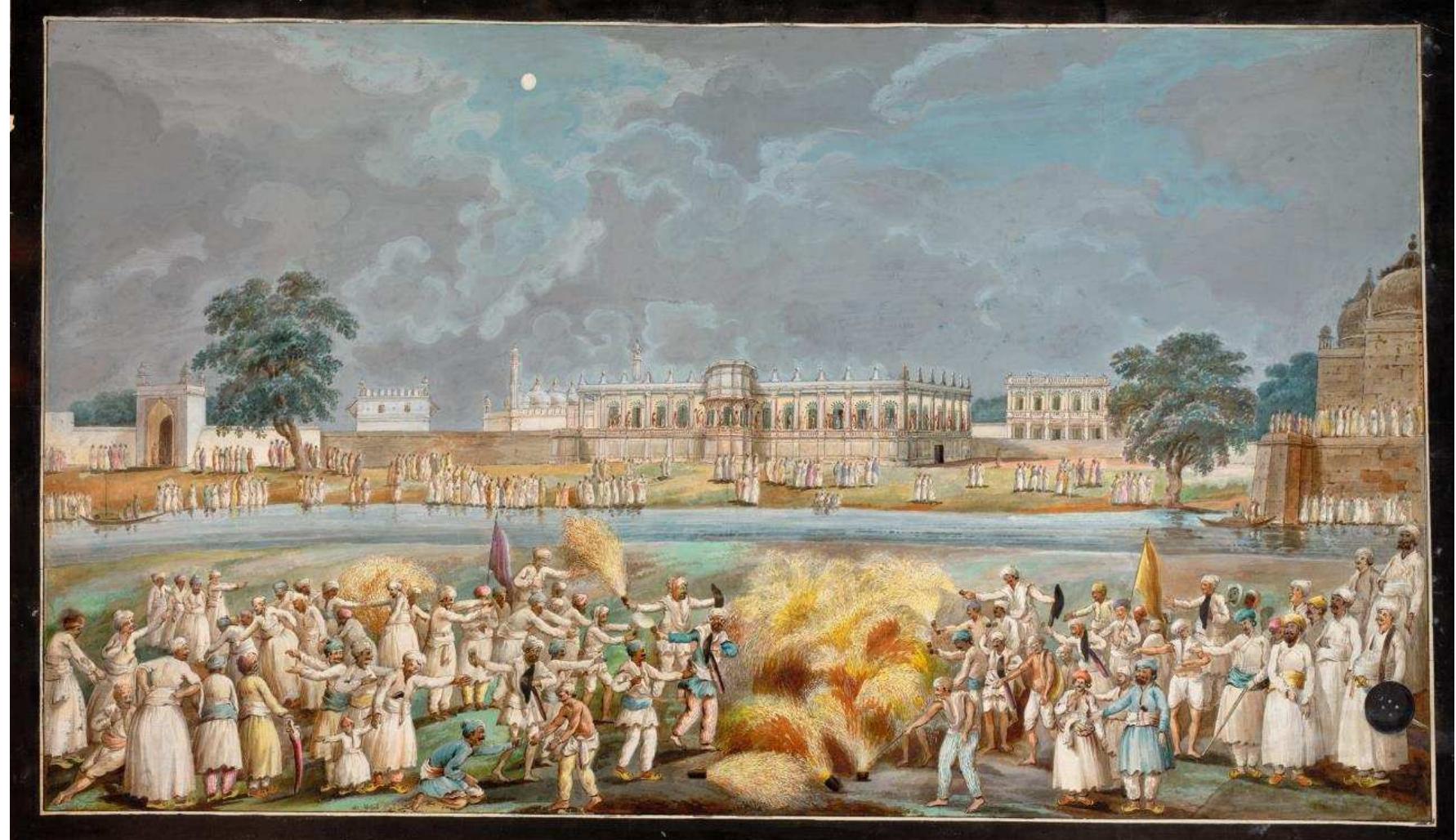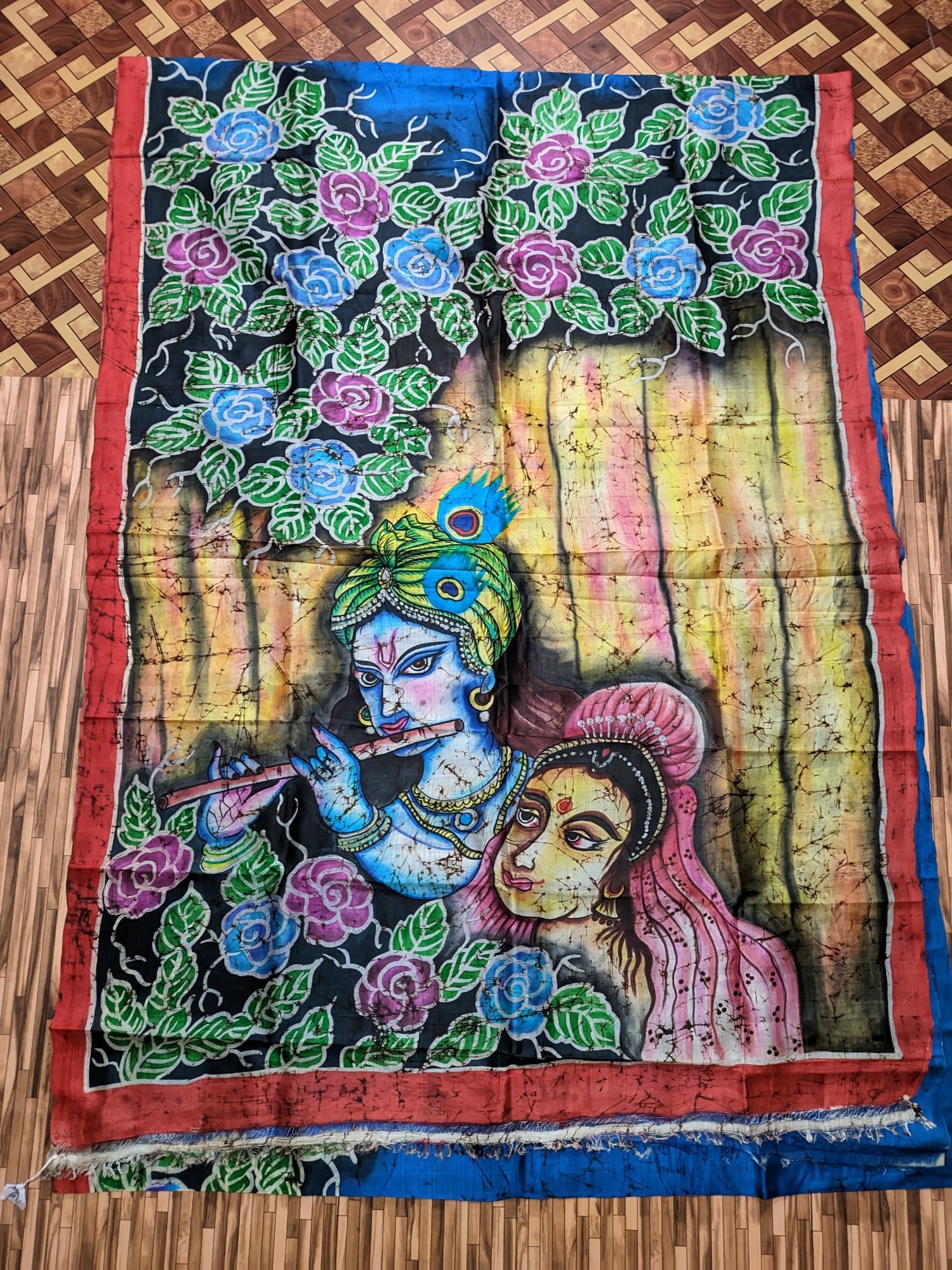
Menu

Street art sits in a controversial space. Is it art, or is it vandalism? For some, a spray-painted wall is a vibrant expression of creativity. For others, it’s an illegal defacement of property. This ongoing debate raises important questions about art, ownership, and public space.
Much depends on intent and context. Graffiti on a heritage site is widely condemned. But a mural that beautifies a rundown alley and uplifts the community is often celebrated. The difference lies in impact and respect.
Some cities have designated walls for street art, turning graffiti into a legal and supported activity. Others still maintain zero tolerance, viewing any unauthorized mark as a crime.
Street artists argue that public space should be open for visual expression, especially in places where voices go unheard. Their work often reflects social issues, local struggles, or cultural pride. It’s a form of visual democracy.
Yet property owners and law enforcement may see it differently. Consent, after all, is key. Many responsible artists now seek permission, collaborate with communities, or work through street art festivals.
The ethics of street art are complex. But the conversation itself is vital—it challenges how we define art, who gets to create it, and where it belongs.



